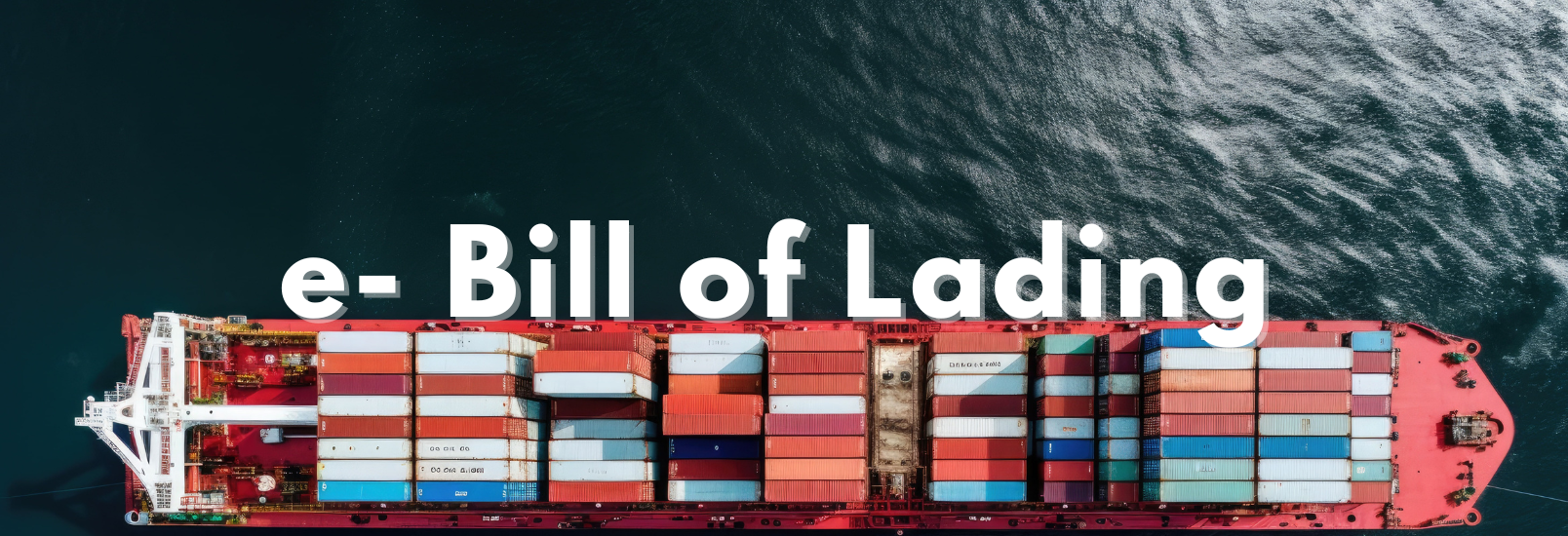In a world where most organizations are becoming more and more digital in all aspects of their everyday operations, the future of corporate digital identification is crucial. The Financial Stability Board and G20-backed Legal Entity Identifier (LEI) is a purpose-driven effort that will continue to evolve the traditional sticking point of identifying your business partners and customers in an online age. Given that the LEI was created with future technologies in mind, it offers a global, digital solution to a global, digital problem that will be applicable not just in the present market but also for a very long time.
The most recent version of the virtual LEI (vLEI) was designed to securely assign signing authority rights, and as PharmaLedger's implementation of the vLEI has demonstrated, this functionality is also functional in blockchain applications.
The LEI is expected to gain traction in tandem with expanding regulatory mandates and voluntary adoption, as businesses realize the benefits of obtaining an LEI number. If you are required by LEI regulations to have an LEI but have not yet got one, you may run the risk of encountering issues with banks, financial intermediaries, or regulators. You may also be faced with a "no LEI no trade" ruling or a transaction that is banned or delayed.
Technology has completely changed the way we operate. This includes significant time and cost savings from the automation and digitization of several manual procedures both inside and between enterprises. The emergence of digital technology has also greatly streamlined the establishment process, facilitating cross-border transactions and the exploration of new markets.
In this increasingly transnational digital economy, several distinct challenges come to light. One of them is the ongoing, expensive, and time-consuming process of confirming the identities of partners, suppliers, and customers. The advent of digital technology has also significantly expedited the establishment process, making it easier to do cross-border business and investigate new markets.
In an increasingly globalized digital economy, a number of unique issues emerge. One of the most costly, time-consuming, and continuous processes is the identification verification of suppliers, customers, and partners. This is where concepts like Know Your Customer (KYC), Anti-Money Laundering (AML), and the Legal Entity Identifier (LEI) become essential tools for businesses to ensure compliance and streamline operations. To explore the process of obtaining an LEI, you can refer to the LEI application page.
Recommended Read:









